Biomedical Engineering Reference
In-Depth Information
(a)
Tissue
Tissue
Channel 1
(b)
Undesired
Currents
Channel 1
Control 1
Control 1
Desired Currents
Channel 2
Channel 2
Control 2
Control 2
Constant Current
Stimulators
Electrodes
(C)
Vin 1
I
out 1
Vin 2
I
out 2
Figure 7.15
Van den Honert [1989] showed how to use two current sources per channel of a multichannel stimulator to minimize the cross-
coupling of stimulating currents between channels. (
a
) A cross current from one electrode pair to another electrode pair can occur while
maintaining the loop current requirements of each channel's single current source when isolated power supplies are not used. (
b
) Using two
current sources per channel improves channel isolation without requiring electrically isolated power supplies. (
c
) The improved circuit could
be built with Howland current pumps.
A simple fully reversible reaction is the charging and discharging of the capacitance
between the conductive electrode and body
fluids. However, the limit of reversibility is
reached when the charge accumulated on the electrode-tissue interface capacitance yields
a potential di
fl
ff
erence above the working voltage for the electrolysis of water (approxi-
mately
0.8 V). As such, the amount of charge that can be passed by this double-layer
interface depends on the equivalent capacitance of the electrode-tissue interface. Just as in
a conventional capacitor, the capacitance of the electrode-tissue interface depends on the
surface area of the electrode and the thickness of the e
ff
ective dielectric boundary of the
interface.
Two safety demands are then obvious for implantable stimulating electrodes. The
rst
is that the electrode material must be compatible with the body so that the formation of
connective tissue layers whose thickness is greater than 100
fi
µ
m is suppressed such that the
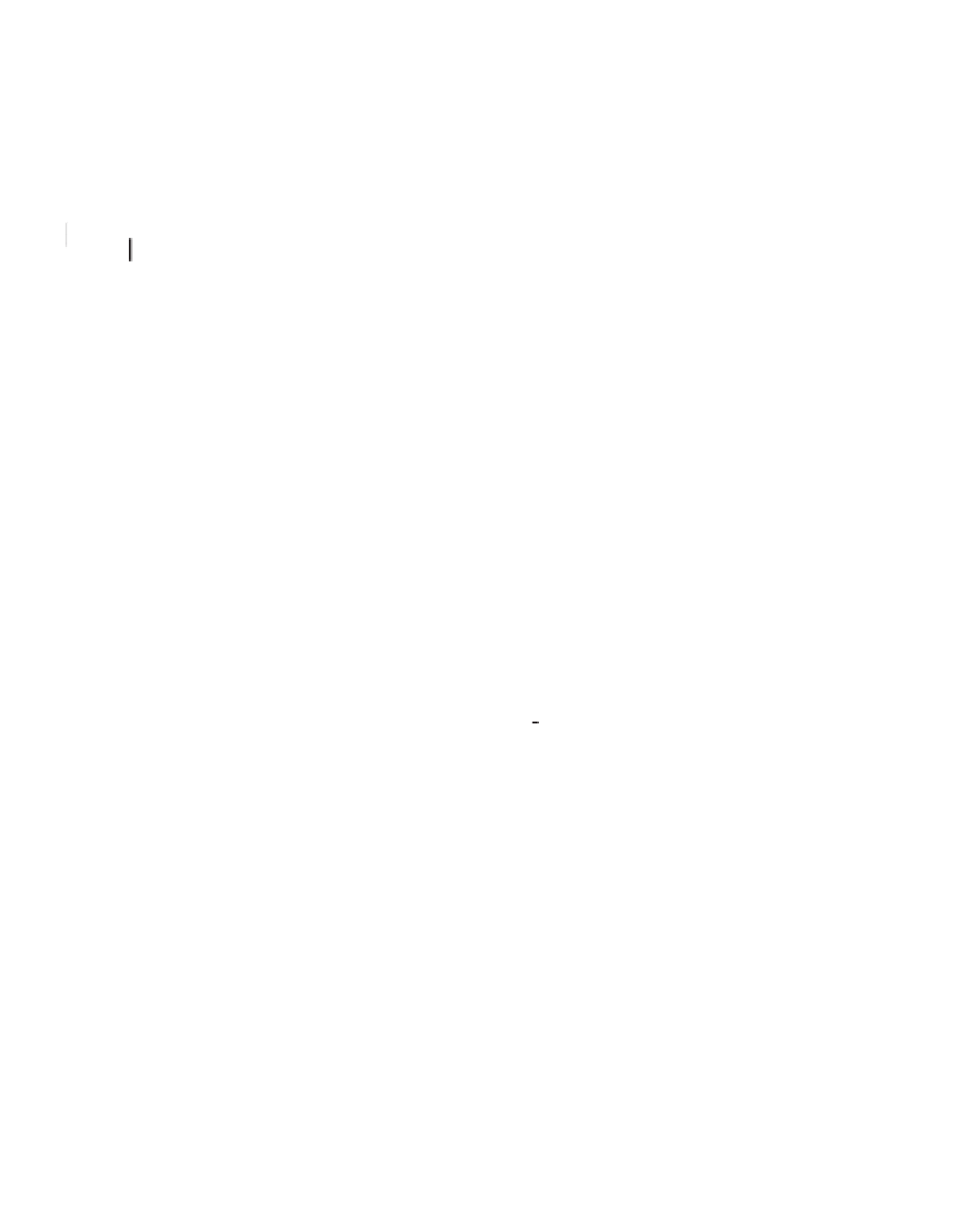







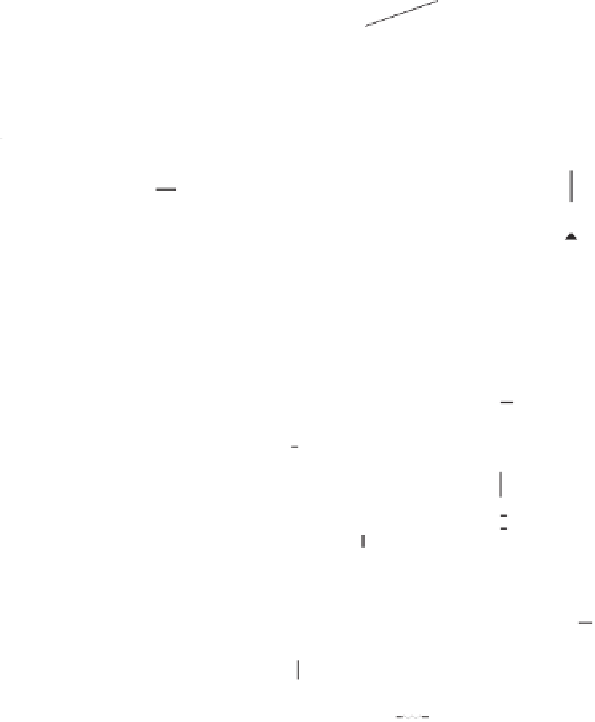








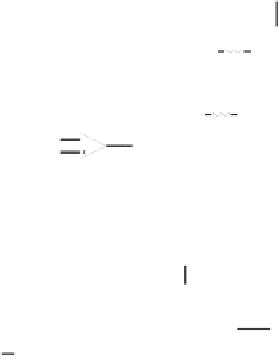



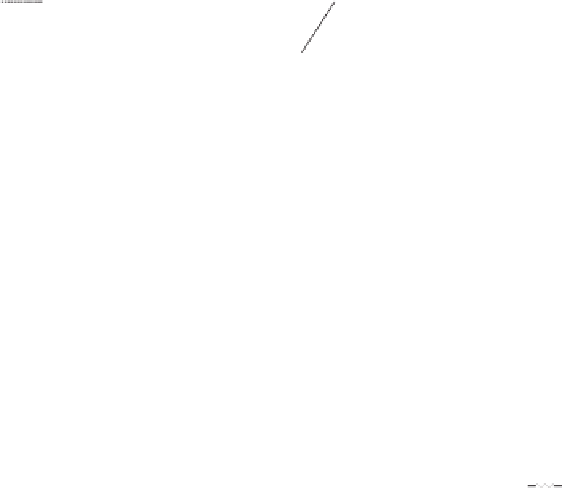

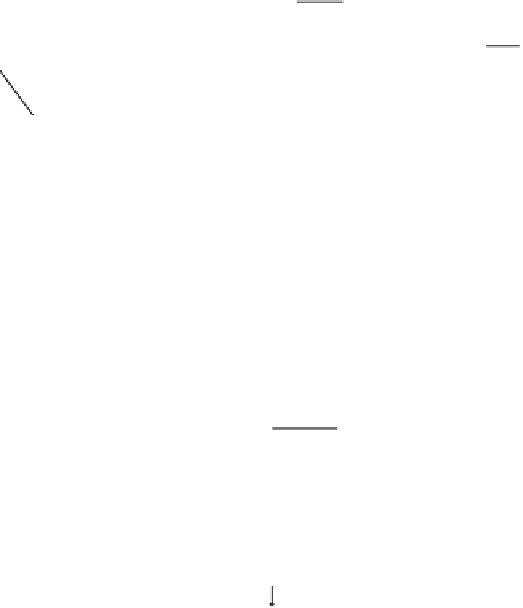

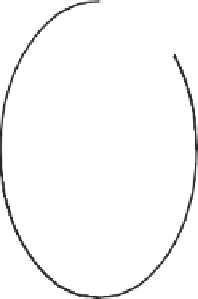
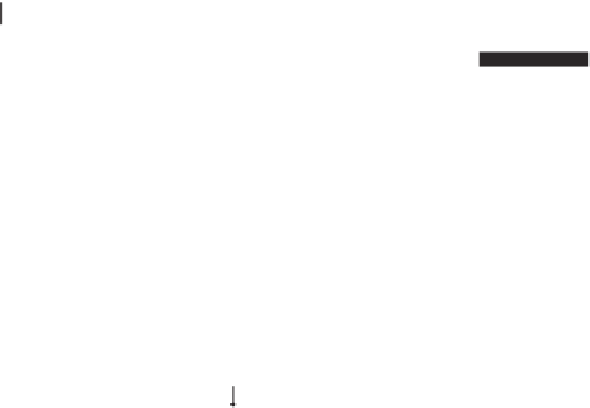

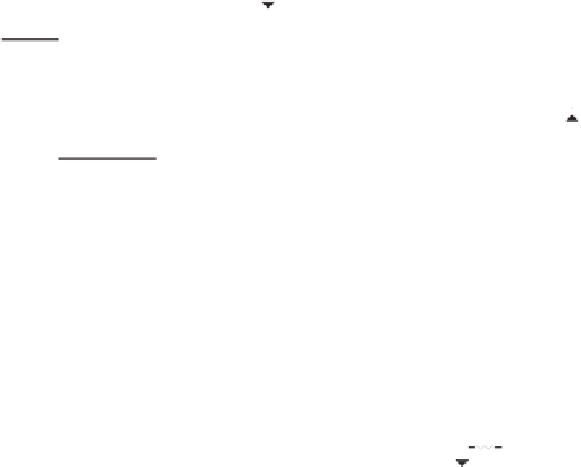
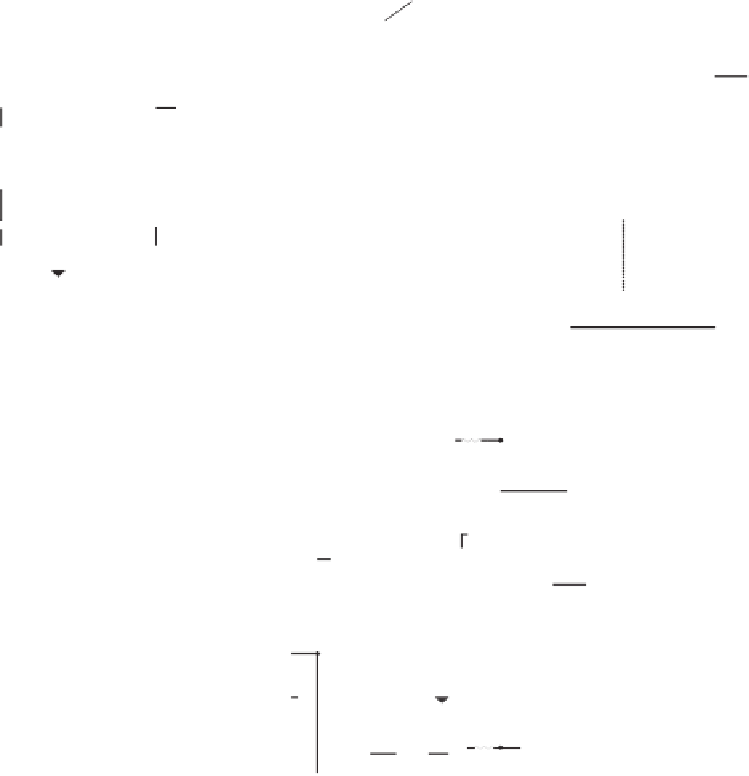

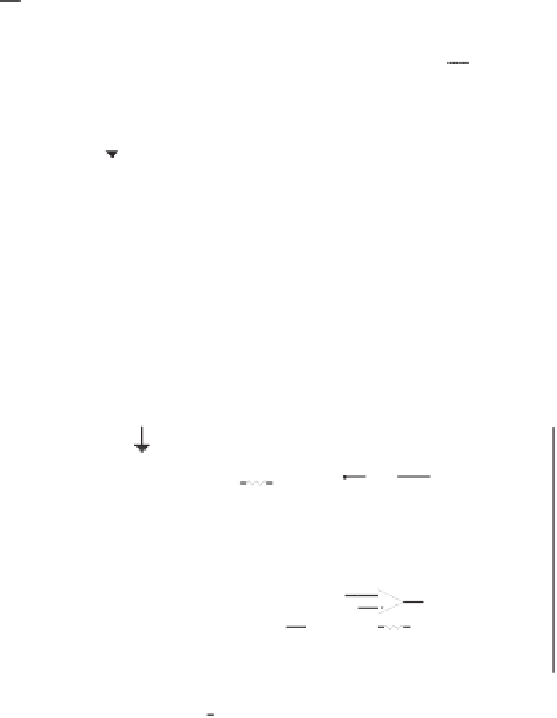
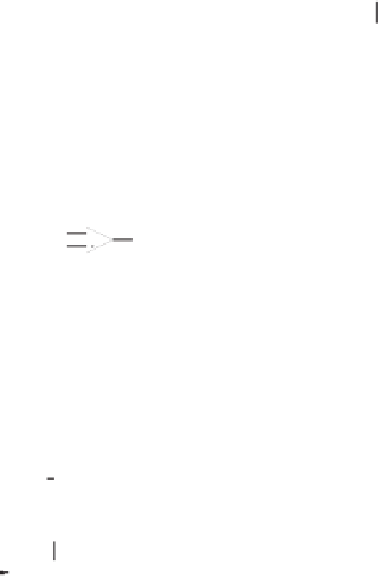
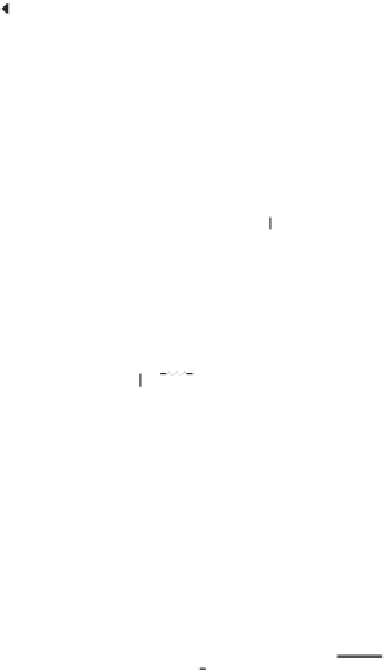

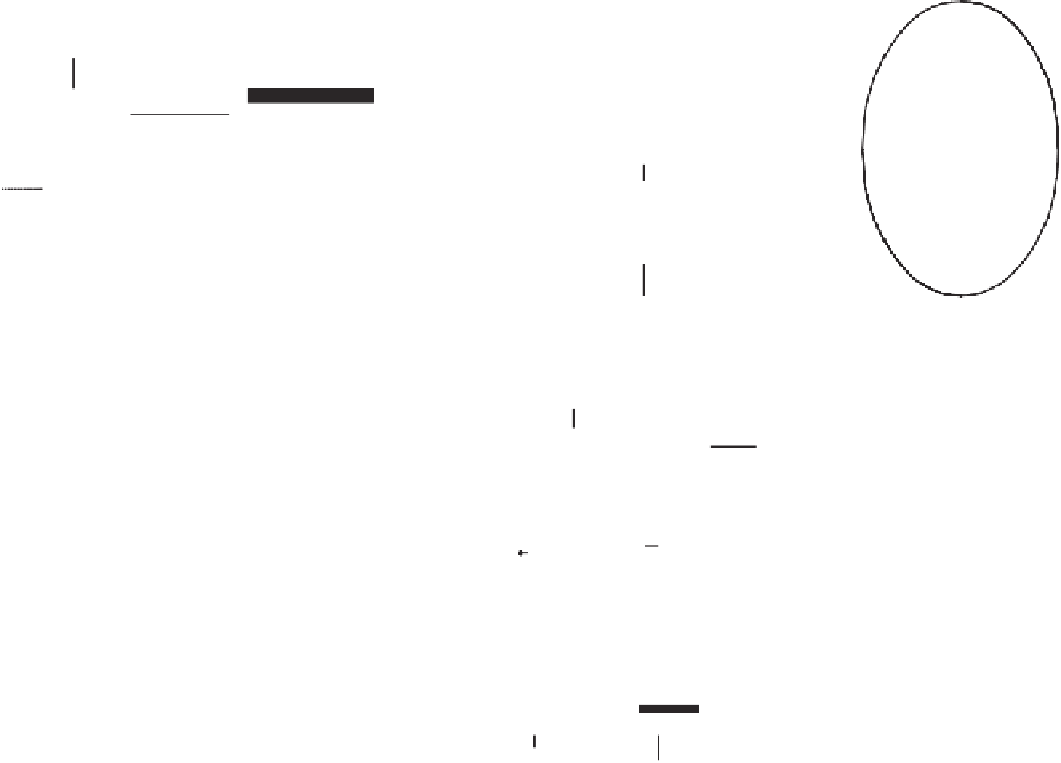

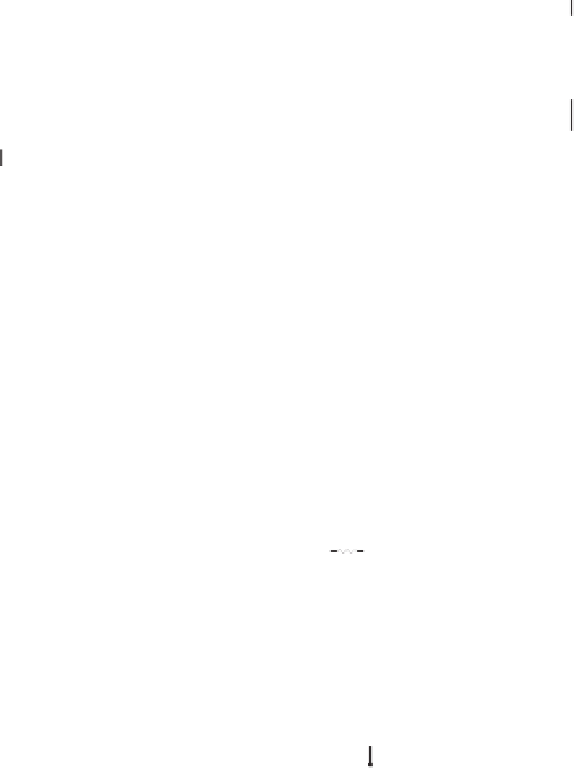





















































Search WWH ::

Custom Search